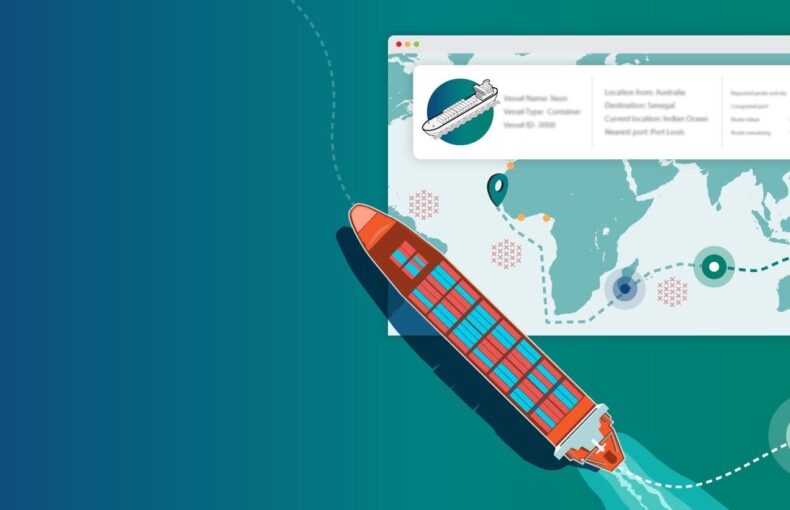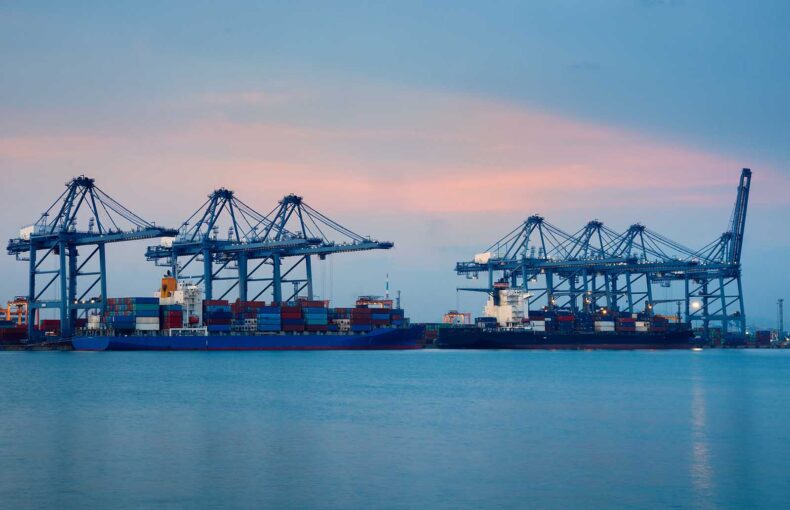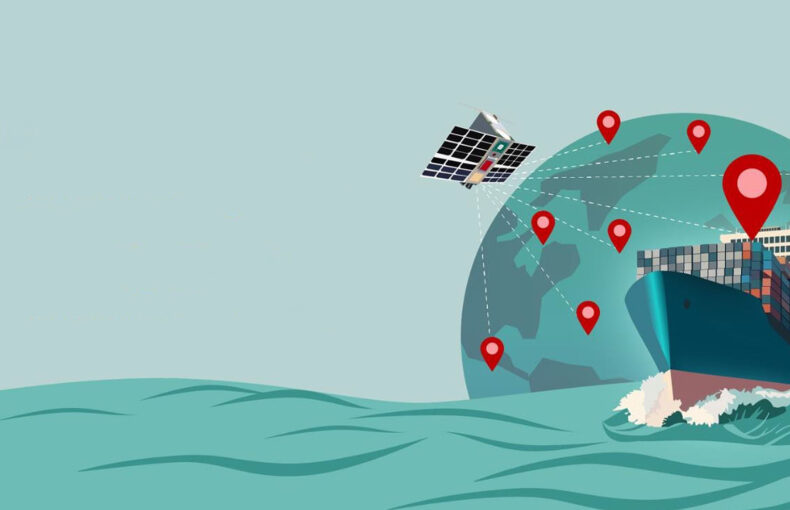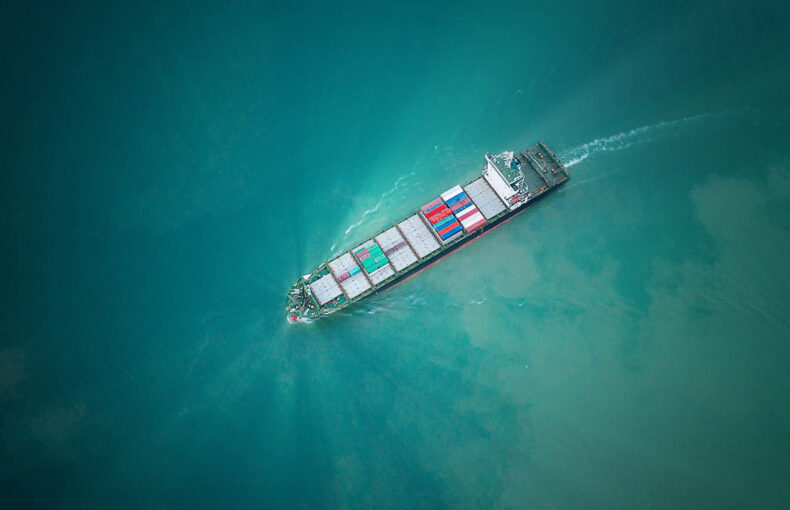Port of Zeebrugge: The Merging of History and Innovation
Now an established part of West Flanders’ long heritage of trade and commerce, the modern Port of Zeebrugge is a key transport hub for not only Belgium but all of northern Europe. It is a diverse transportation axis that incorporates the latest port operations technology and serves everyone who depends on the global supply chain.
Nearly a millennium ago, the City of Bruges became one of Medieval Europe’s commercial hubs, in large part due to a strategic location that included access to the North Sea. Becoming the first port of call for Mediterranean merchant fleets in the 13th century soon led to the establishment in 1309 of what many consider the world’s first stock exchange, the Bourse, which can still be visited in the Oude Beursplein (Old Stock Exchange Square) of Bruges.
Today, the Port of Zeebrugge embodies the area’s heritage as a leader in international commerce. By developing the natural geography with state-of-the-art infrastructure and utilizing modern technologies like Maritime AIS (automatic identification system) data to streamline operations, today’s facility is a proud outgrowth of one of the cradles of the modern global economy.
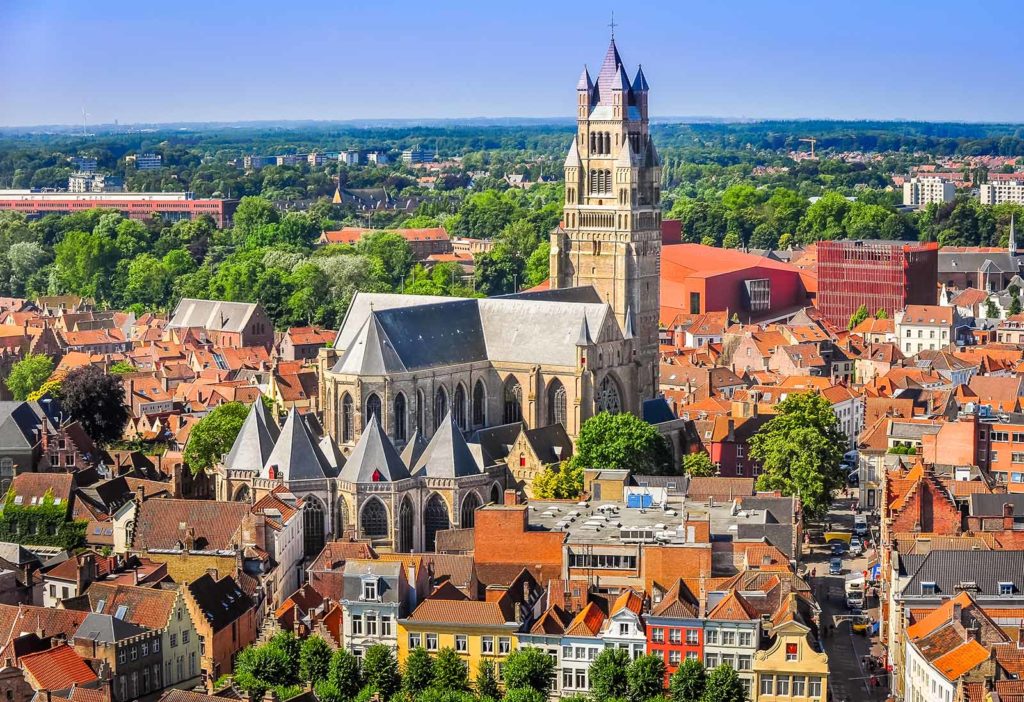
The Sea Has Always Been a Resource
Water transportation has long been central to the region’s economic fortunes—the place name Bruges is rooted in the Old Norse word for “landing stage”—and a flourishing wool trade with England was established by the 10th century. But what transformed ancient Bruges from an important trading center to a continental commercial powerhouse was both an accident of nature and subsequent investment in infrastructure.
In 1134, a historic alteration of the coastline—most likely a significant storm surge coupled with ongoing geological developments in the area—opened up what became known as the Zwin, a tidal inlet that somewhat suddenly provided Bruges with direct access to the ocean. This bounty of nature was soon supplemented by a series of canals that unleashed the Golden Inlet era that saw Bruges become one of Europe’s principal trade centers for centuries.
Geography Can Be Fickle
But what nature giveth, it can taketh away. The Zwin gradually silted up and, lacking the kind of modern dredging operations that keep today’s ports functional, the sea slowly receded from Bruges. Eventually Sluis, about 20 kilometers northeast of Bruges in what is now the Netherlands, became the regional harbor. As centuries of silting continued, the site of today’s Port of Zeebrugge came into being 20 kilometers northwest of Sluis. The area that once opened Bruges to Europe’s sea trade routes is today the Zwin Natuur Park.
Reconfiguration Centuries Later
It wasn’t until the late 19th century—when Ghent turned down the vision of a native son, the hydraulic engineer Auguste de Maere, to reconnect his city to the sea—that plans began to return the region to its former seagoing glory. Coupled with the need for larger ports that could serve the steel steamships that were rapidly coming online, a plan for a new seaport—Zeebrugge (meaning “Bruges-by-the-sea”)—and canal system to the city proper was proposed in 1894. On July 7, 1907, King Leopold II officially opened the new port.
The next few decades did not constitute a new golden age. Between an initial lack of rail infrastructure and a diverse economy in the immediate region on which to build, then two world wars, and finally the slow recovery from them, it wasn’t until the 1950s that the Port of Zeebrugge began to fulfill its promise.
It turned out that West Flanders was ready for the development of modern shipping, with major shipbuilding yards and terminals for large oil tankers put in place during the 1950s. Soon thereafter, North Sea Ferries began regular service with Hull, England, and then Texaco made Zeebrugge a major European port of call that included building-out refinery capacity.
Growth was such that, in 1972, major long-term expansion was initiated. An outer port, with four-kilometer embankments suitable for large, fast container and roll-on/roll-off (ro-ro) traffic, and the 500-meter long Pierre Vandamme lock with its two major docks were completed in 1985.
The port’s entire history is covered in great detail at the official Port of Zeebrugge website.
The Port of Zeebrugge Today
The port now personifies centuries of history by being one of the world’s most modern and northern Europe’s most essential. Although several of its neighbors—Rotterdam, Antwerp, Hamburg—are far larger in terms of raw tonnage, the Port of Zeebrugge is a diversified dynamo that is crucial to several industries.
It is an integral part of the Benelux Seaport System, which was described by Jacques Charlier (emeritus professor of geography at Université Catholique de Louvain) in 2008 as “… among the most diversified in the world. It includes a series of specialized, niche ports, and two mainports in the full meaning of the word, Rotterdam and Antwerp. In their shadow, a second-order hub port, Zeebrugge, is gaining increasing recognition in port and shipowners’ circles.”
In 2021, the port handled 49.1 million tons of goods: 42% bulk containers, 30% ro-ro, and 23% liquid bulk. This represented 3% growth over 2020, achieved in large part because it was 100% operational throughout the COVID-19 crisis while also transitioning adeptly to new post-Brexit protocols.
Since its major expansion at the end of the last century, the Port of Zeebrugge has established itself as a leader in several niches, making it a vital cog in Belgium’s and the European Union’s economies.
Ro-Ro
As the preferred way to ship cars internationally, ro-ro has become a standard part of the automotive industry’s infrastructure, demanding specialized port operations that can handle many moving parts. Zeebrugge has become one of the world’s leading such ports, with over 140,000 parking spaces that make import/export activities that touch over 70 countries feasible. It handled more than 2.2 million new vehicles in 2021, with Toyota being a major client of the port. In addition, 1.3 million truckloads of material passed through in transit during 2021.
Containers
The port’s deep-sea container terminal, CSP Zeebrugge Terminal, offers direct access to land and air transportation throughout northwest Europe, including its own rail system and easy access to the A11 motorway. Its water depth supports year-round access to the latest mega-container ships and traffic at CSP Zeebrugge continues to grow, including a recent container service linked with New Zealand and Peru.
Liquefied Natural Gas
One significant upgrade that occurred immediately after the retooling of Zeebrugge was installing the necessary equipment for the port to become a major liquefied natural gas (LNG) transit facility. Beginning in 1987, the Fluxys LNG terminal has transferred product to and from ships, backed up by buffer tank capacity that now equals 9 billion cubic meters. Zeebrugge is also connected via the Gassco Zeepipe pipeline with Norway and via the Interconnector with the United Kingdom.
Foodstuffs
Another major development in recent decades has been the development of important food transfer and storage facilities. The 900,000 cubic meters of available cold storage at the Flanders Cold Centre do not serve just seafood producers. Zeebrugge is the European production center for Tropicana, whose inner-port facility has an annual production capacity of 290 million liters and growing. The port is also certified in the handling of halal products, which serves northern Europe’s Islamic population.
Ferries and Cruise Ships
Along with the wide range of goods that move through Zeebrugge each year, over a million people transit it. As a hub for ferries (which run to Ireland, the United Kingdom, the Baltic states, Scandinavia, Russia, and Spain) and cruise ships, it has become the entry point to Flanders for both travelers and tourists. Over 140 cruise ships visit annually, most offering their passengers day trips in the area, with the old city of Bruges—a UNESCO world heritage site—being a major attraction.
A Key Cog in the International Supply Chain
Harkening back to the medieval glory of Bruges, Zeebrugge is now a crossroads of international trade. Its deep-water port can welcome any kind of ship from anywhere in the world and connect it to every form of modern human transportation. Ostend–Bruges International Airport is only 27 kilometers away and the port is intertwined with inland waterways, railways, and roads. It is a major distribution center for the Low Countries and beyond.
Whether it is sending new cars throughout the world, receiving Bridgestone tires or kiwi fruit from New Zealand (Zeebrugge is the principal European port of entry for both), or hosting cruise ships for a day or two, the port is now a crossroads for international commerce, as medieval Bruges was for European trade.
In 2021, while facing the challenges of COVID-19 and Brexit, port traffic increased by 4.6% and total tonnage almost overcame the record set in 2010. The drop in UK traffic of 4.1% was offset by a surge to Ireland, which increased by 38.7%, as companies began to work through the ramifications of Brexit. While passenger numbers plummeted due to the pandemic, most other traffic increased—in some cases significantly, as in the 15.1% increase in container transfer.
The over 11,000 people who work at the port saw a busy year. Total worked shifts increased 10.9%, from 311,968 in 2020 to 346,102.
An Enterprise Committed to Innovation
As the historical record shows, being at the mercy of events is not a long-term strategy for success. When the Zwin became clogged with silt, Bruges’s economy suffered and slowly shrank.
Thanks to the greater technological diversity of the modern world, today’s managers of the Port of Zeebrugge can be more proactive about pending threats.
Congestion Performance Initiatives
An issue for any busy port is congestion, which can lead to ships idling at sea. This wastes resources and grinds the gears of commerce to a standstill.
The port has invested heavily in its Zedis network, a digitization system based on EDI messaging, to streamline customs processing. It plugs all parties into a common data stream, providing shipping agencies the ability to carry out administrative necessities in the most thorough and efficient way possible. Chores like scheduling berthing places (and modifying them if need be), declaring hazardous cargoes, and notifying port authorities of waste that ships will need to offload have become far easier.
Fully incorporating Maritime AIS data capabilities, which track the real-time location of ships using satellite links, into port operations can be key to alleviating port congestion. It makes maintaining order as so many vessels approach the port feasible while making long-term scheduling more practical—not to mention avoiding catastrophic collisions in foul weather. With Maritime AIS data, ETA’s are identified early on, enabling better planning and more efficient use of resources, and ultimately minimizing port delays. It is critical to have this ability and be able to proactively respond to lessen the impact of major port congestion, as idling vessels waiting to enter port emit carbon and impact the environment.
Sustainability and Environmental Protection
Since the initial days of the modern port, the energy sector has been vital to its portfolio. Early investments in infrastructure have paid off over the decades, so it is not surprising that Zeebrugge is currently making heavy investments in energy tech.
The most recent example is a planned green hydrogen production facility. Spearheaded by the Belgian companies Colruyt Group (Eoly), Parkwind, and Fluxys—under their consortium Hyoffwind—the plant will be a lynchpin to creating a green hydrogen carve-out within the energy sector.
This is just the latest addition to the Clean Port Strategy that is a hallmark of the port’s management. There are already 50 industrial wind turbines, with a total capacity of 130 MW (energy to power 90,000 homes), operational onsite. The power produced by this network is crucial to running port operations and nearby areas. Zeebrugge is also the onshore distribution point for the Stevin and Nemo offshore wind farms.
A Philosophical Approach
The underlying management model at the Port of Zeebrugge is a concept developed in the Low Countries over the past 50 years: environmental utilization of space. It’s premised on realizing and respecting the capacity of the natural environment to carry the impact of human activities. With regards to the port, this means ensuring that efficient and ecological best practices are followed while working closely with all stakeholders regarding the environmental impact of port operations. One direct impact of this management practice is supporting the continued use of existing inland navigation routes to lessen the use of overland transport.
A Big Change On the Horizon
As the powerbrokers of Bruges found out in the 15th century, the motto “adapt or die” must be respected.
In what is sure to be a major development in the port’s history, it was recently announced that Zeebrugge will be merging port operations with the Port of Antwerp. The concept is to prioritize sustainable growth with regards to energy and the digital transition, including enhanced interconnectivity via rail, inland waterways, and pipelines.
“We are looking forward to join forces with the port of Antwerp and, by doing so, to strengthen our position as the most important gateway to Europe,” stated the Mayor of Bruges and Chair of Zeebrugge Port Authority Dirk De fauw when announcing the deal. “Zeebrugge is the world’s largest automotive hub, a leading ro-ro port, and an experienced, state-of-the-art natural gas hub. By combining our own strengths with the qualities offered by Antwerp, we will be able to do more and do it better.”
 Written by
Written by